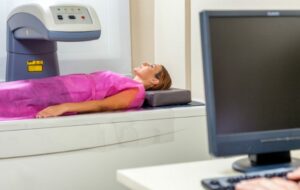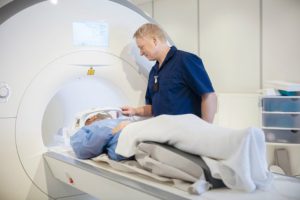Services
Nuclear Medicine
Nuclear medicine uses radiation to provide information about a patient’s anatomy and the functioning of specific organs.

Nuclear Medicine General Questions
Patient Guide & FAQs
Our nuclear medicine locations
OUR INSIGHTS
Read our articles and FAQs
We’re delighted to provide updates on the latest medical imaging technology and answer your most frequently asked questions about our services.









